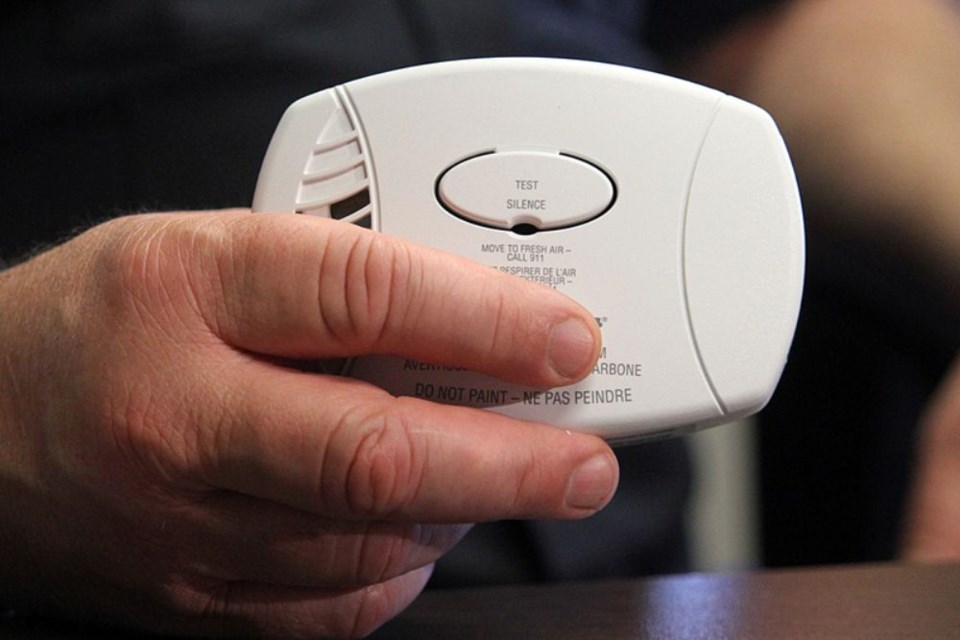THUNDER BAY - Thunder Bay Fire Rescue responded to more true calls for carbon monoxide in 2016 compared to previous years, but officials say there is a silver lining.
“I know we have more detectors out there,” said captain of fire prevention, Eric Nordlund. “The legislation has recently changed that requires residential properties have carbon monoxide alarms so that increase in the number of alarms will naturally lead to an increase in the number of calls.”
In 2016, Thunder Bay Fire Rescue responded to 238 calls for carbon monoxide alarms, down slightly from 252 in 2015.
However, the number of true calls, which is a call where carbon monoxide was detected and confirmed, rose from 38 in 2015 to 46 in 2016.
At 24.9 per cent, the percentage of true calls in 2016 is the highest it's been in the last four years. So far in 2017, four of the six carbon monoxide calls have been true.
“Carbon monoxide alarm calls have stayed pretty much the same,” Nordlund said. “We’ve seen an increase in the number of true alarms or actual problems with fuel fired appliances that have caused carbon monoxide to go into the environment in someone’s home.”
Carbon monoxide is a tasteless, odorless gas produced when fuels such as natural gas, propane, heating oil, or even wood, do not burn completely. It can be produced in furnaces, heaters, gas stoves, and vehicles.
In 2014, carbon monoxide detectors became a requirement for all residential buildings under the Ontario Fire Code. A working CO detector is required on every floor of a residence where an individual sleeps.
“I think Thunder Bay is doing a good job at compliance,” Nordlund said. “Thunder Bay Fire Rescue has attempted to do a fair bit of public education on the issue. We engage all of our fire suppression crews to identify problems with either smoke or CO alarms on every call that they go to on a residential property.”
If fire crews find that a property does not have proper CO or smoke alarms, the owner will be issued an inspection order with time to install working alarms. Failure to do so could land someone with a $360 fine for each missing alarm.
The SAFE program with Thunder Bay Fire Rescue also offers smoke and CO alarms to people in extenuating circumstances such as severe financial need or people living with a physical or cognitive disability.
According to Nordlund, it is not uncommon to see an increase in calls for carbon monoxide during the winter months because heating devices are working much harder.
“With this recent cold weather, I’ve noticed more CO alarm calls, but I think those will even out over the rest of the winter,” he said. “We likely have better compliance with the requirements to have CO alarms, so therefore we are going to have more CO alarms out there and they are more likely to detect the problems.”
